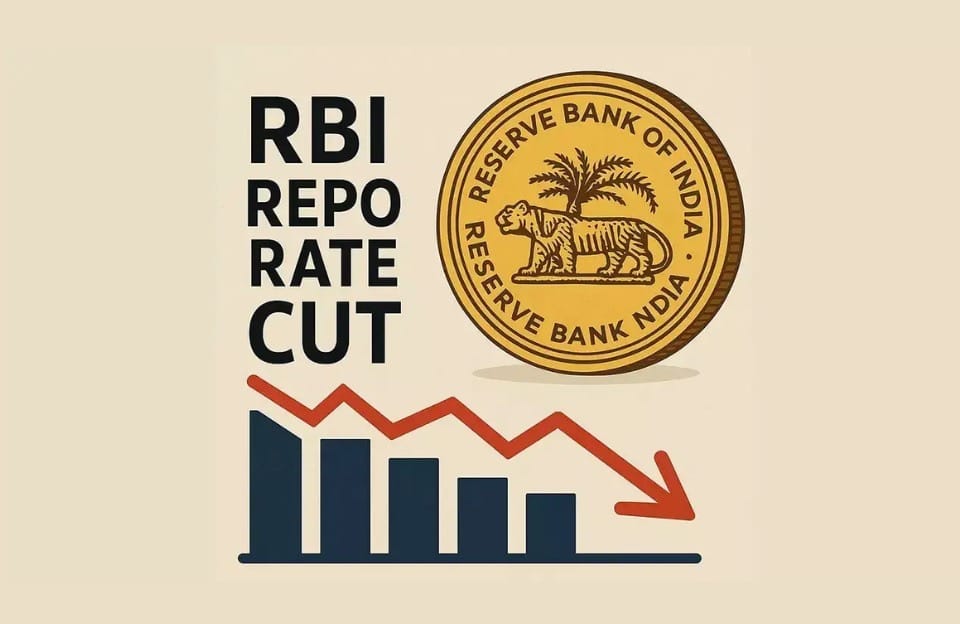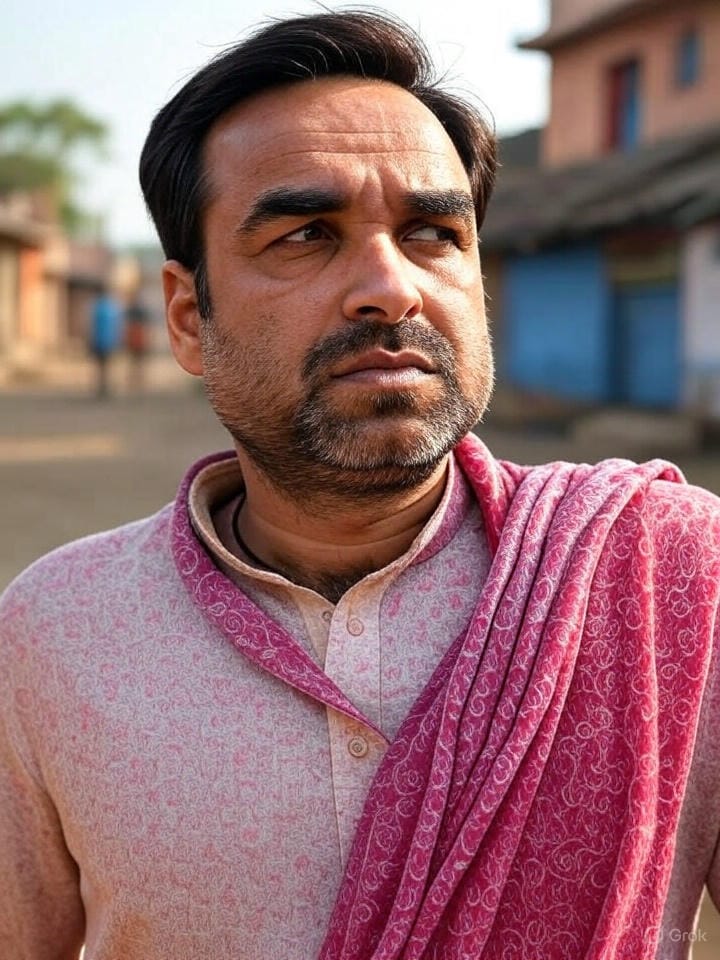Part 4 of 8-Part Series: Exploring India’s Unstoppable Growth and the Challenges It Must Navigate
Youthful Workforce vs. Aging Costs: Can India Balance Its Demographic Shift?
In 2025, India stands as a demographic powerhouse, with roughly 65% of its 1.4 billion population under 35, igniting expectations of a substantial demographic dividend. However, by 2030, the nation will increasingly grapple with the realities of an aging society, as the elderly population—those aged 60 and above—swells to about 195 million, representing around 13% of the total. This juxtaposition—a dynamic youthful workforce alongside escalating costs associated with an aging populace—will profoundly shape India’s economic and social landscape. The key question is whether India can harness its young talent to propel innovation and growth while effectively managing the financial and societal burdens of its older citizens. This article delves into India’s evolving demographic profile, highlighting the advantages of its youthful labor force, the impending pressures from aging, and actionable policy approaches to foster enduring prosperity in this transitioning phase.
India’s demographic transition is accelerating, driven by rising life expectancy, now around 71 years, and a declining fertility rate of about 1.9. This shift promises opportunities but also demands proactive strategies to avoid pitfalls seen in other nations. With careful planning, the energy of the youth can offset the demands of the elderly, ensuring inclusive development.
The Strength of India’s Youthful Workforce
India boasts a formidable workforce of over 600 million individuals aged 15-35, poised to constitute a quarter of the global working-age population by 2030. This vibrant group is instrumental in several key areas:
Economic Productivity: Young workers contribute to high levels of output and consumer spending, supporting annual GDP growth rates of 6.5-7% through 2030.
Innovation and Entrepreneurship: The youth are at the forefront of India’s thriving startup ecosystem, which ranks third globally with over 100,000 ventures, generating millions of jobs in emerging fields like technology and renewable energy.
Global Competitiveness: Sectors such as information technology, manufacturing, and clean energy rely heavily on young professionals, positioning India to achieve a trillion-dollar digital economy by the end of the decade.
Government efforts further amplify this potential. Programs aimed at skilling millions focus on high-demand areas like artificial intelligence, logistics, and sustainable energy, targeting the training of 400 million young people by 2030. Initiatives promoting startups have already spurred the creation of 5 million jobs, while the gig economy engages 15 million youth through platforms for delivery and ride-sharing services.
Yet, this strength is not without vulnerabilities. Youth unemployment rates for those aged 15-29 hover at 17%, with rural areas experiencing even higher figures around 20%. Only a quarter of graduates possess readily employable skills, leading to mismatches in the job market. Moreover, 80% of young workers are in informal roles, which offer low wages and little security, hindering their long-term contributions. Addressing these gaps is essential to fully capitalize on the youthful edge, which could otherwise diminish as the population ages.
The youthful cohort’s role extends beyond economics; it drives cultural and social evolution, from digital adoption to environmental advocacy. In urban centers, young innovators are pioneering solutions in fintech and e-commerce, while in rural regions, they are modernizing agriculture through apps and sustainable practices. This generational dynamism could sustain India’s growth trajectory, but only if equipped with the right tools and opportunities.
The Looming Costs of an Aging Economy
By 2030, India’s shift toward an aging economy will become more pronounced, with the elderly segment expanding rapidly. This transition brings significant challenges:
Healthcare Demands: Half of older adults contend with chronic conditions such as diabetes and hypertension, straining resources and requiring expanded geriatric services.
Pension and Social Security Burdens: Just 10% of the elderly benefit from formal pensions, placing pressure on public finances, potentially costing 1.5 trillion rupees annually by 2030.
Dependency Dynamics: The ratio will evolve to 100 working-age individuals supporting 20 elderly, up from 14 in 2020, altering economic dependencies.
Current public health expenditure, at 2.1% of GDP, falls short for serving rural elderly, who make up 70% of this group through 150,000 primary health centers. Social security programs reach only 30 million seniors, leaving many exposed. Urban-rural divides worsen access, with 60% of rural elderly lacking insurance coverage.
These costs could claim 10-12% of the national budget by 2030, challenging fiscal health unless balanced by contributions from the productive youth. Regional variations add complexity; southern states like Kerala and Tamil Nadu already have higher elderly proportions, nearing 20% by 2030, compared to northern states like Uttar Pradesh at 10%.
The aging phenomenon is not isolated; it intersects with broader issues like family structures shifting from joint to nuclear, reducing traditional support systems. Urban migration of youth leaves rural elders isolated, amplifying needs for community-based care. Without intervention, this could erode savings rates and divert resources from investment in education and infrastructure.
Balancing Youth and Aging Costs by 2030
India’s demographic duality offers pathways for synergy between its youthful vigor and aging needs. A skilled young workforce can generate tax revenues to fund expanded healthcare and pensions, potentially alleviating fiscal strains projected at 10 trillion rupees by 2030. Young innovators can develop cost-effective solutions, such as AI-powered diagnostics or telehealth platforms tailored for rural seniors, bridging accessibility gaps.
Intergenerational models could thrive, with youth engaging in mentorship programs where elderly expertise informs sectors like handicrafts or traditional knowledge-based industries. This not only preserves cultural heritage but also creates meaningful roles for seniors, reducing isolation.
However, obstacles loom large. Escalating aging expenses might redirect funds from youth initiatives, like education budgeted at 4.6% of GDP. Persistent skill-job mismatches leave 60% of workers in low-productivity informal sectors, limiting their capacity to support dependents. Regional imbalances exacerbate this; high-aging states face steeper burdens, complicating uniform national strategies.
Comparisons with other nations illustrate risks: Countries experiencing rapid aging without preparation have seen strained resources and slower growth. In India, health coverage schemes reach 500 million but require a 30% funding increase by 2030 for geriatric focus. Failing to prepare could squander the demographic dividend, leading to economic and social strains.
Policy Roadmap for an Aging India
To harmonize its youthful workforce with aging demands by 2030, India requires integrated policies:
Enhance Skilling Efforts: Scale training programs to prepare 100 million youth annually for roles in high-growth areas like health technology, renewable energy, and digital services.
Increase Healthcare Allocation: Raise spending to 3% of GDP by 2030, emphasizing rural geriatric facilities and universal insurance for seniors.
Foster Inclusive Employment: Encourage small and medium enterprises to generate 20 million formal jobs, transitioning youth from informal sectors.
Embrace Technological Solutions: Deploy AI and remote health services to deliver affordable care, allowing youth to focus on productive endeavors.
Customize Regional Approaches: Develop tailored pension and care frameworks for states with advanced aging demographics, ensuring equitable resource distribution.
These steps, combined with public-private partnerships, can create a resilient framework. Promoting financial literacy among youth for retirement planning and community care models will further ease burdens.
Conclusion
By 2030, India’s evolution into an aging economy will challenge its ability to capitalize on a 600 million-strong youthful workforce. This group can fuel growth, innovation, and revenues to counter aging expenses, estimated at 10 trillion rupees. Nevertheless, high youth unemployment, skill deficiencies, and insufficient healthcare infrastructure pose threats to this equilibrium. Through targeted policies—expanding skilling, elevating health budgets, and bolstering social protections—India can secure a harmonious future. By nurturing youth-led advancements in health technology and promoting inclusive job opportunities, the nation can transform its demographic pressures into strengths. The coming five years are pivotal for forging a path where youthful energy meets elderly needs, cementing India’s status as a leading global economy in an aging era.


